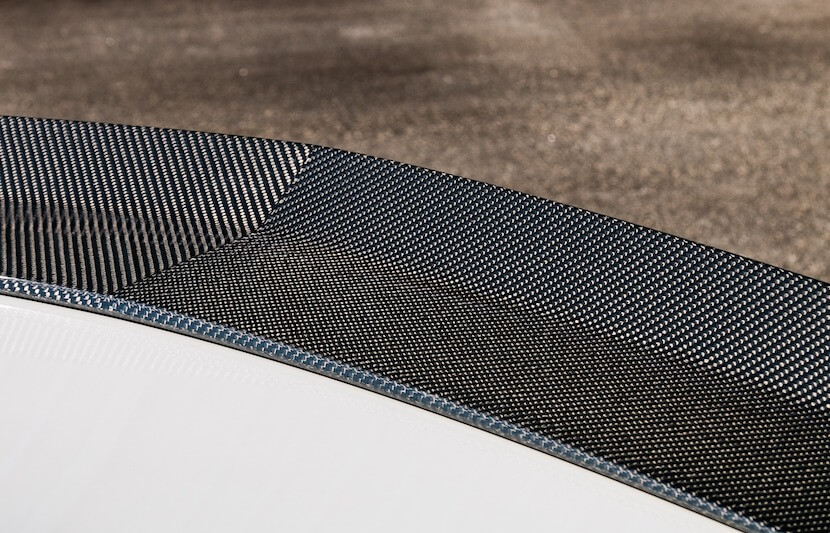An interdisciplinary research team led by Gregg Beckham, a group leader and senior engineer from the National Renewable Energy Laboratory (NREL), has developed an environmentally friendly process to convert biomass into “acrylonitrile,” a key compound in the manufacturing of carbon fiber.
Demand for carbon fiber has increased significantly as manufacturers have begun looking for ways to lighten everything, from bicycles to jet planes.
Carbon fiber is five times stronger than steel, twice as rigid, and far lighter. This makes it an ideal material to substitute for heavier metals such as steel. Unfortunately, while the usage of carbon fiber in manufacturing vehicles does make them more fuel efficient, synthesizing the acrylonitrile necessary to manufacture carbon fiber involves processes that are not environmentally friendly.
Acrylonitrile is a commodity chemical, which is synthesized using propylene, a petroleum derivative, in combination with ammonia, oxygen, and a complex catalyst.
Aside from the usage of petroleum products, the current manufacturing process employed to synthesize acrylonitrile is detrimental to the environment because it produces toxic byproducts such as hydrogen cyanide and is highly exothermic (heat producing). The catalysts necessary for the production of acrylonitrile are also relatively expensive and their mechanisms of action are not yet well understood.
These environmental and financial concerns are precisely the ones that the researchers are attempting to solve. Their research has shown that converting lignocellulosic biomass — a scientific term referring to plant matter made up of cellulose, hemicellulose, and lignin — into acrylonitrile could one day be a more environmentally and financially sound process in the manufacturing of carbon fiber.
The process developed by the researchers involves deriving sugars from plant waste materials and converting those into a compound known as 3-hydroxypropionic acid, or 3-HP. A simple catalyst is used to perform nitrilation, which converts 3-HP into acrylonitrile.
The catalyst used in this process is less expensive than the catalyst used in the traditional synthesis of acrylonitrile. In addition, the new method does not require petroleum derivatives to manufacture, produce hydrogen cyanide or generate excess heat, making it potentially more environmentally friendly than the traditional method.
“We see this as a potentially exciting alternative to manufacture carbon fiber, and other acrylonitrile-based materials like acrylic fibers for clothing, LEGOs, etc., from bio-based sources instead of petroleum,” said Beckham. “We are hopeful that the nitrilation technology can offer an alternative approach with some potential benefits (no toxic by-products, higher yields, and simpler catalysts) relative to the petroleum-based process to produce acrylonitrile today.”
It took the researchers nearly two months and several millions of CPU-hours on Stampede1, a supercomputer deployed and maintained by the Texas Advanced Computing Center at the University of Texas at Austin, to illustrate the chemistry of this new catalytic process.
“After the initial experimental discovery, we wanted to get this work out quickly,” Beckham said in a statement. “Stampede1 afforded a great deal of bandwidth for doing these expensive, computationally intensive density functional theory calculations. It was fast and readily available and just a great machine to do these kind of calculations on, allowing us to turn around the mechanistic work in only a matter of months.”
What’s next?
Beckham and his team plan to scale up their work to produce 50 kg of acrylonitrile at the pilot scale. They will do this in collaboration with industry, he said.
“That will allow us to test bio-based carbon fiber component to understand if the impurities in the acrylonitrile derived from biomass will affect important material properties,” said Beckham.
The researchers also want to expand their operation by using the process they developed to manufacture compounds other than acrylonitrile for industrial uses. They are also working on developing other novel bio-based means of synthesizing acrylonitrile.
“For example, we are trying to use lactic acid (which is already an industrial bio-based product) instead of 3-hydroxypropionic acid (which is still in the scale-up phase) as an intermediate compound that can be derived biologically,” said Beckham.



